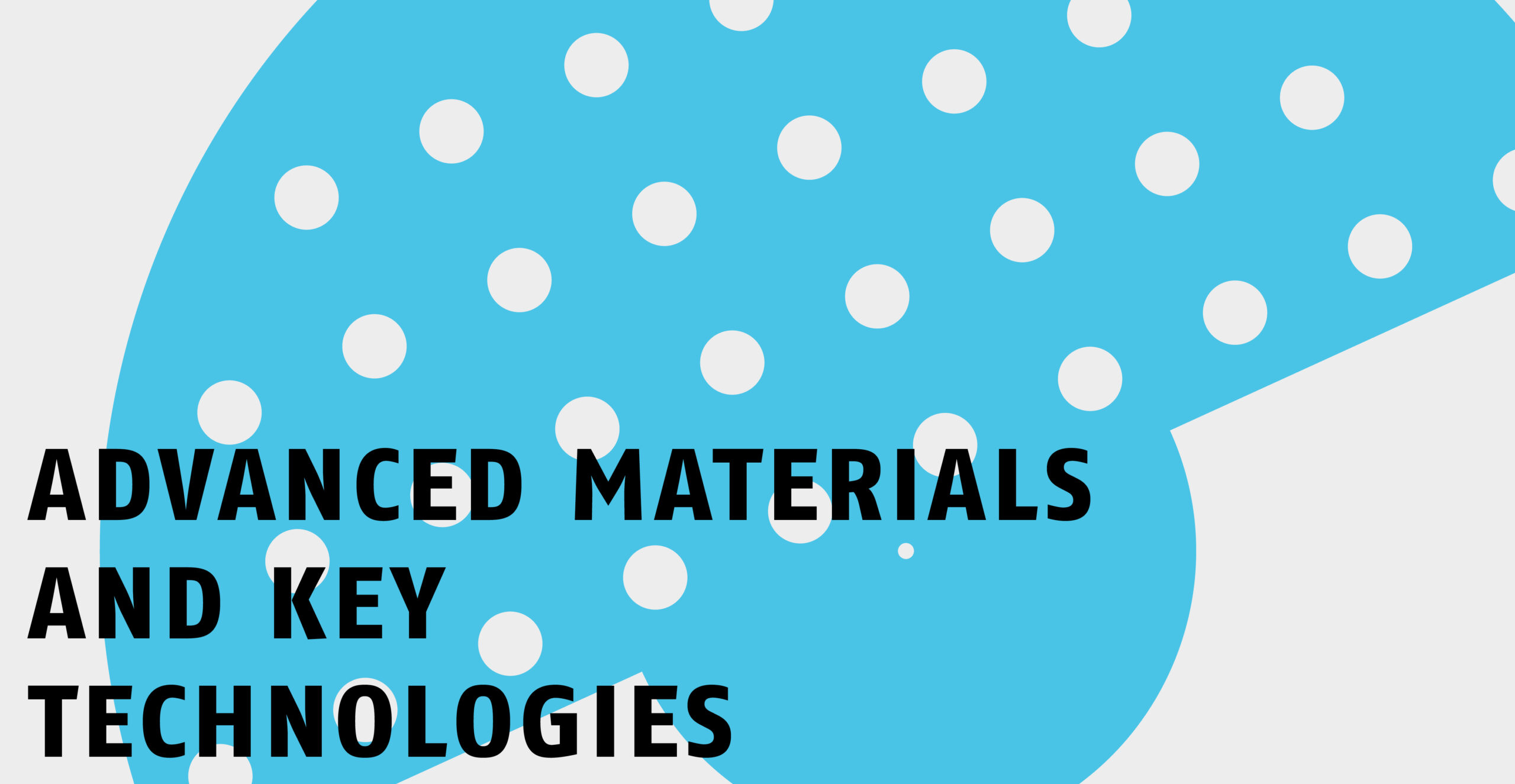
Strategic Area Advanced Materials and Key Technologies
To address the major challenges of our time, the ETH Domain has defined Strategic Areas. In these Strategic Areas the ETH Domain institutions are well positioned to have a particularly strong impact and enable them to focus their strengths on key issues for Swiss society and the Swiss economy.
On this page, you will find the twelve speakers from the Strategic Area Advanced Materials and Key Technologies, which aims to create innovative materials and high-impact technologies.

From SSbD vision to practice: Implementing toxicity assessment at early stages of material innovation | More
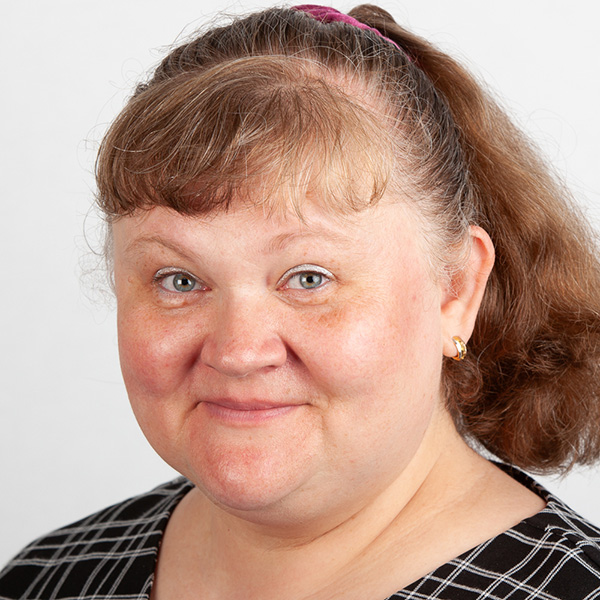
Ksenia Groh
From SSbD vision to practice: Implementing toxicity assessment at early stages of material innovation
Abstract
Synthetic chemicals and materials have enabled major advances in modern society, and further innovation is expected to play a key role in the green energy and circular economy transitions. At the same time, harmful chemical effects on human health and the environment need to be minimized. The Safe and Sustainable by Design (SSbD) framework, launched by the EU in 2022, aims to address this problem at the root, yet its practical implementation remains limited. My talk will explore the integration of toxicological assessments into the early R&D stages for novel materials and share insights from collaborative studies among ecotoxicologists, chemists, and material developers in the ETH Domain.
About
Ksenia Groh holds a PhD in molecular ecotoxicology from University of Bern (2006). She worked as a researcher at Eawag (2007-2015) and in science communication and chemicals policy at Food Packaging Forum Zurich (2016-2021). Since 2021, Ksenia leads the Bioanalytics group at Utox, Eawag, focusing on proteomics applications in ecotoxicology, omics-enhanced non-animal toxicity testing, SSbD-aligned test strategies, and science-policy interfaces on chemicals.
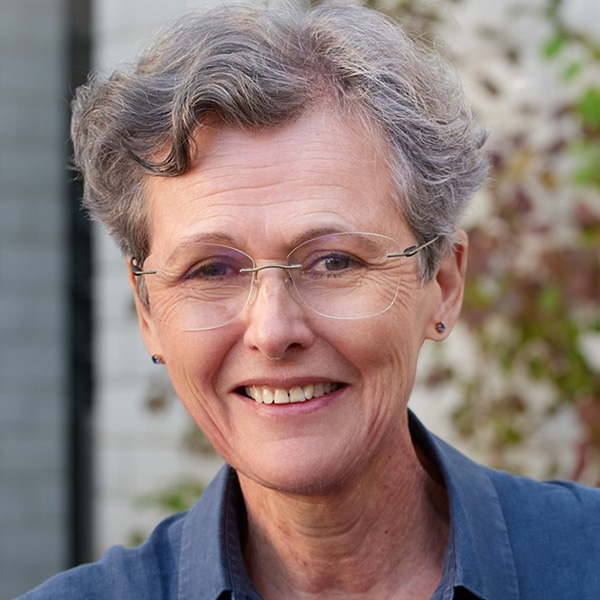
Karen Scrivener
The Future of Construction Materials
Abstract
Materials used in construction account for around 90% of all materials used and contribute to around 15-20% of man-made CO2 emissions. The challenge is how to satisfy the growing demand for construction, particularly in the global South, while minimising the impact on the environment. Much of the answer lies in the technical extension and deployment at scale of a series of approaches, rather than the persistent belief that there is a miracle new material out there yet to be found. This does not mean that there are not scientific challenges to be overcome. Further research, grounded in reality, can have a huge Global impact beyond the boundaries of Switzerland.
About
Karen Scrivener obtained her PhD at Imperial College in 1984. She worked for Lafarge in France for 6 years, before being appointed Professor and Head of the Laboratory of Construction Materials, at EPFL, Switzerland in 2001. In 2003 she founded the research network Nanocem bringing together the leading Industrial companies (Cement and admixtures) with European academic institute to do research on Cementitious Materials. Her research focusses on the understanding the chemistry and microstructure of cement based materials and improving their sustainability. In 2008, she came up with the idea for LC3 cement, this material has the potential to cut CO2 emissions related to cement by more than 400 million tonnes a year. She was made a fellow of the UK Royal Academy of Engineering in 2014.
Multiscale Imaging for Advanced Materials using Synchrotron Radiation | More
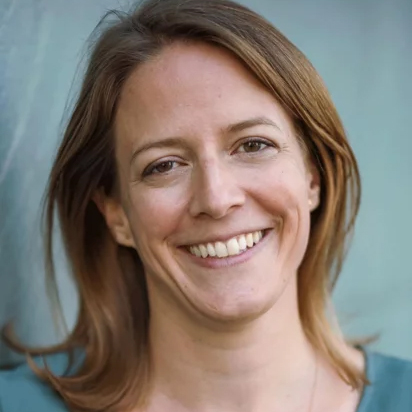
Marianne Liebi
Multiscale Imaging for Advanced Materials using Synchrotron Radiation
Abstract
Synchrotrons provide focused X-ray beams with high brilliance, which allows to transform scattering or spectroscopic techniques into imaging. Probing crystalline structure or nanostructure with X-ray scattering while raster-scanning to access the micro- and millimeter length scales allows for three-dimensional characterization over multiple length scales. This is in particular useful for structures and can be combined with in-situ measurements to access processing technologies. Selected examples from hierarchical biological materials to 3D printed structures will be shown illustrating the imaging capabilities of the Swiss Light Source SLS.
About
Marianne Liebi is tenure-track Assistant Professor at EPFL and head of the group Structure and Mechanics of Advanced Materials at PSI. She obtained her PhD in 2013 at ETH Zurich and started her own research group in 2017 at the Chalmers University of Technology, Gothenburg and was appointed in 2021 to EPFL/PSI.
Micro- and Nano-Fabrication – how infrastructures can help the future ǀ More
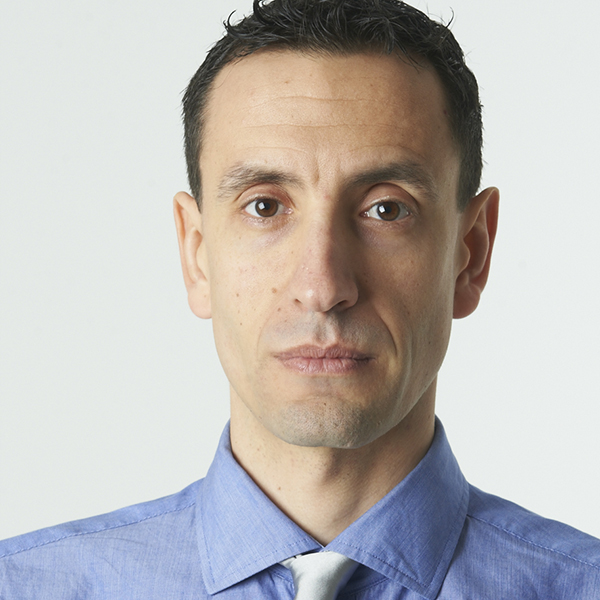
Guillermo Villanueva
Micro- and Nano-Fabrication – how infrastructures can help the future
Abstract
In this talk, we will explore the current landscape of micro- and nano-fabrication infrastructures in Switzerland and how they enable the three core mandates of the ETH Domain: Education, Research, and Innovation. We will then zoom in on the local ecosystem around EPFL, highlighting the role of the Center of MicroNanoTechnology (CMi) — its present contributions and its potential for future impact. From novel technologies and application fields to emerging materials and substrates, CMi fosters ambitious research projects that often become the seeds for new companies and drivers of economic growth
About
Guillermo Villanueva is an Associate Professor at EPFL in the Mechanical Engineering Institute (IGM). His group, the Advanced NEMS laboratory, focuses on micro- and nano-electromechanical resonators to be used as sensors and as components for communication systems. Since 2023 he is also the Academic Director of the Center of MicroNanoTechnology (CMi) at EPFL.
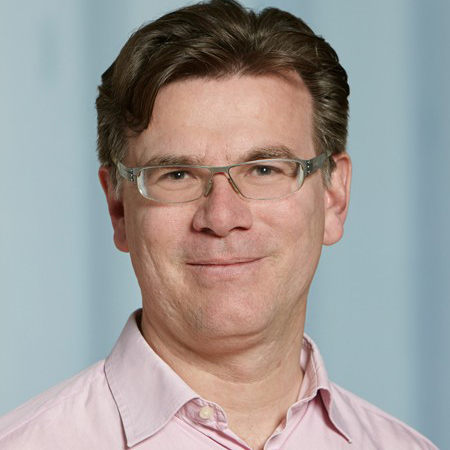
Ralph Spolenak
Nanoscale Additive Manufacturing
Abstract
Additive manufacturing has seen a surge in interest in the post-pandemic era, driven by its potential to localize the production of spare parts and consumer goods. This presentation explores the next frontier in additive manufacturing—miniaturization—by achieving voxel resolutions below one micrometer. Such advancements open new possibilities in microelectronic and microelectromechanical prototyping, the development of localized sensors for industrial and medical applications, and the design of next-generation electrodes for implants. The talk will also evaluate Switzerland’s position in the global landscape and propose strategic directions for advancing scientific and technological leadership in this rapidly evolving field.
About
Prof. Ralph Spolenak is Chair of the Laboratory for Nanometallurgy at ETH Zurich. His research focuses on nanoscale mechanical and functional properties of materials, with recent emphasis on nanoscale additive manufacturing. He also serves on the management team of FIRST lab (a cleanroom facility of ETH Zurich) and chairs the Board of MaP (Center of Competence for Materials and Processes) at ETH Zurich.
A new chip platform for neuronal networks – how photons can help and how we can get there | More
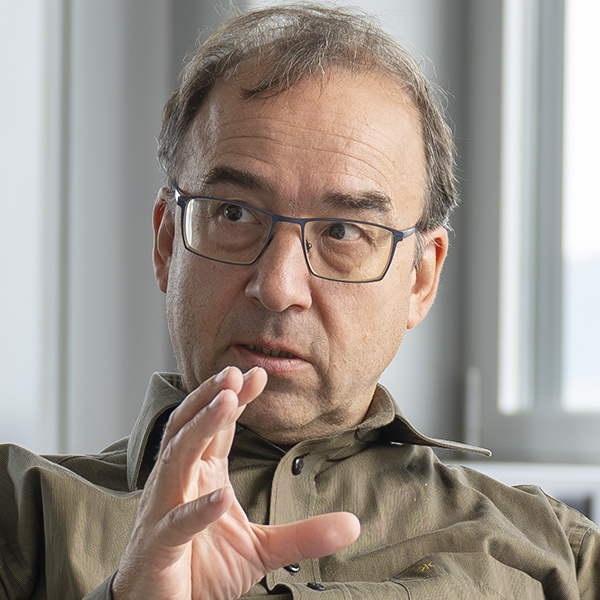
Jürg Leuthold
A new chip platform for neuronal networks – how photons can help and how we can get there
Abstract
Neuronal networks increasingly seem to dominate the daily life of a society governed by AI. Yet, AI has a bad reputation for its energy inefficiency. The answer by the chip industry is to introduce new chip platforms that can handle such calculations at a fraction of the energy and at higher speed.
In this talk, I will discuss an electronic-photonic chip platform that has become a contender in the race for a new AI hardware platform. The talk will ultimately lead me to discuss the ETH platforms for the fabrication of chips and the opportunities and their role in keeping up within this fierce global game for chip dominance.
About
Juerg Leuthold is the head of the department of Information Science and Electrical Engineering (D-ITET) and he is the head of the Institute of Electromagnetic Fields (IEF) of ETH Zurich, Switzerland. His interests are in the field of Photonics, Plasmonics and THz with an emphasis on applications in communications and sensing. In the time from 2004 to 2013 he was affiliated with the Karlsruhe Institute of Technology (KIT) in Germany, where he was the Head of the Institute of Photonics and Quantum Electronics (IPQ) and the Helmholtz Institute of Microtechnology (IMT). From 1999 to 2004, he was with Bell Labs, Lucent Technologies, Holmdel, NJ, USA, where he performed device and system research with III/V semiconductors and silicon photonics for applications in high-speed telecommunications. Juerg Leuthold received the Ph.D. degree in physics from ETH Zurich in Switzerland for work in the field of integrated optics and all-optical communications in 1998.

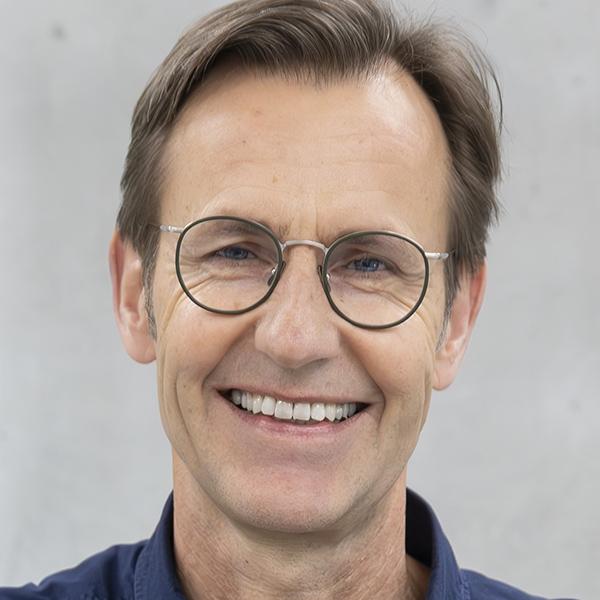
Roman Fasel
Carbon-based Designer Quantum Spin Systems
Abstract
Quantum magnetism is usually studied in rather complex materials, but it can also emerge in simple carbon structures when engineered with atomic precision. Using on-surface synthesis, we create custom-designed nanographenes that host magnetic edge states and exotic electronic phases. These systems allow us to build model spin chains – such as Heisenberg and Haldane chains – directly from carbon atoms and explore their quantum behavior. This approach opens a new path to studying fundamental quantum phenomena, from fractionalized excitations to topological states, in a clean and highly controllable setting.
About
Prof. Dr Roman Fasel is head of the nanotech@surfaces Laboratory at Empa. He pioneered on-surface synthesis of atomically precise graphene nanoribbons, enabling tailored electronic and topological properties. His group advanced these materials toward device applications and realized quantum spin chains in nanographenes, opening new directions in quantum nanoscience.
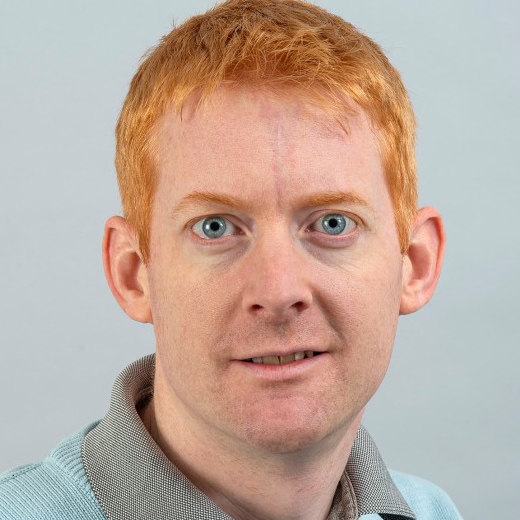
Jonathan Home
Quantum computing and quantum science
Abstract
The use of quantum mechanics to compute has been predicted to offer access to problems which are beyond the reach of machines built using only classical physics. This raises the challenge of building such quantum computers, and of finding ways to use them. I will describe the current status of this pursuit, which involves an interplay between government and industrial players spanning from fundamental research to systems accessible through the cloud. I will also draw connections to the possibilities for further scientific discoveries based on the use of both quantum computers and more specialized quantum devices.
About
Jonathan Home established the Trapped-Ion Quantum Information group at ETH Zürich in 2010, which performs research at the forefront of experimental quantum computing and metrology. Discoveries include first implementations of error-correction codes and new platforms for performing quantum computing. His work has been recognized by many prizes, including the ETH Latsis Prize, the APS Landauer Bennett Award and a TED Fellowship.
Shining light in Quantum Materials | More
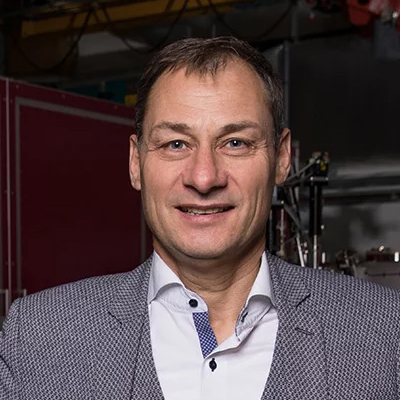
Luc Patthey
Shining light in Quantum Materials
Abstract
The understanding, characterization, and tailoring of quantum materials using X-rays is a key step in the development of new quantum technologies. The upgraded Swiss Light Source (SLS 2.0), with its enhanced brightness, enables high-resolution studies of equilibrium states, while the X-ray Free Electron Laser (SwissFEL) provides a unique tool to probe ultrafast dynamics, out-of-equilibrium quantum states. Selected examples will illustrate the benefits of X-rays for investigating both static and transient phenomena in quantum matter.
About
Luc Patthey is head of the Laboratory for Advanced Spectroscopy and X-ray Sources (LSX) at PSI and Titular Professor at the University of Fribourg. The LSX laboratory focusses on electronic properties and ultra-fast dynamics in condensed matter and quantum materials science using advanced X-ray sources at synchrotron and XFEL.
Serial processes – real time monitoring – control – versus parallel processing | More
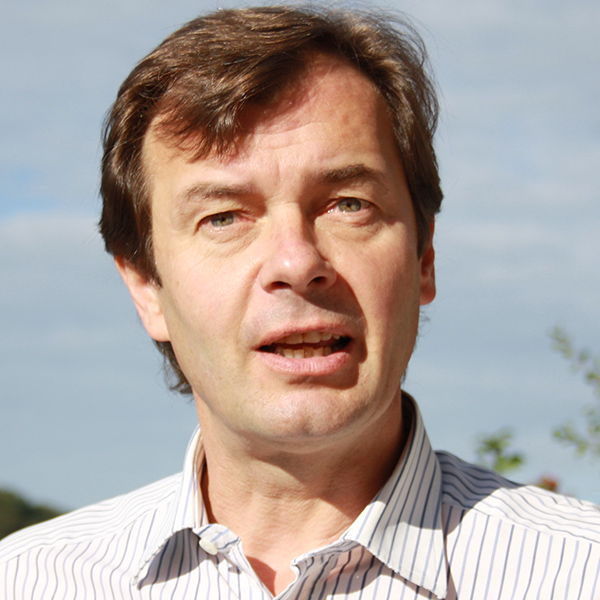
Patrik Hoffmann
Serial processes – real time monitoring – control – versus parallel processing
Abstract
Advanced manufacturing of complex components, composed of subtractive and additive materials processes, increasingly relies on the integration of serial and parallel processing strategies to optimize throughput and flexibility.
Real-time monitoring and data acquisition enable precise control of material behavior and process parameters. Adding artificial intelligence correlations between processing conditions and final performance can be rapidly identified. In the near future, adding physics informed neural networks (PINNs) will improve quality, reduce calculation power and time.
To satisfy future fabrication needs of complex multimaterial customized macroscopic (from mm3 to m3) devices with micrometer precision low cost, rapid, and scalable technologies will have to be found. A possible approach combining serial mold fabrication, embossing, multiple materials slip casting, followed by sintering, could provide such a pathway for shaping intricate geometries.
About
Prof. Dr Patrik Hoffmann studied chemistry in University of Karlsruhe in Germany and carried out his PhD at EPFL in Switzerland on Laser repair for microelectronics. After a post-doc at IBM Almaden in California he joined an electrodeposition company in the black forest in Germany being responsible for the dental activity of the company. Since 1997 he has been teaching laser materials processing at master and PhD level at EPFL and was nominated in 2009 Head of the Advanced Materials Processing Laboratory at Empa, Swiss Federal Laboratories for Materials Science and Technology, continuing the teaching activity at EPFL as Adjunct Professor. He is guest professor at Nagoya Institute of Technology in Japan and at Shenzhen Polytechnical University in China. He co-authored more than 150 peer reviewed journal papers and invented or co-invented several patents. His present research interest is in advanced processing technologies more specifically in beam induced metal 3-D printing, electron-beam and laser beam induced processing and coating and replication technologies for large scale microstructured products.
Let them learn: AI models that master materials physics | More
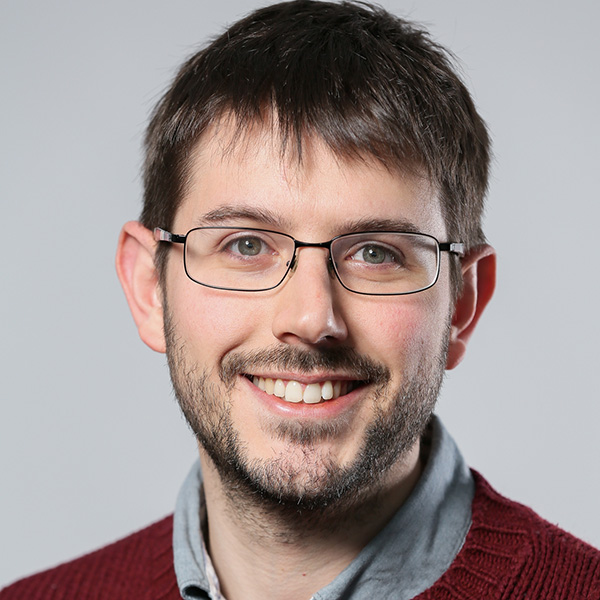
Michele Ceriotti
Let them learn: AI models that master materials physics
Abstract
Machine learning is transforming the way we perform simulations to predict and understand the properties of materials. Traditional "physics-informed" models build symmetry, smoothness, and other physical priors into the mathematical structure of the model to guide learning.
In this talk, I'll explore how much physics we really need to include when teaching machines the quantum behavior of matter. I'll contrast models constrained by physical assumptions with emerging, unconstrained approaches that learn physical relationships directly from data. These models can reach, and sometimes exceed, the accuracy and efficiency of their physics-based counterparts, though they require some care to avoid unphysical results.
I'll illustrate these ideas using PET-MAD, a lightweight, data-driven model that learns across the periodic table, providing accurate predictions of the microscopic properties of materials that include a quantification of the model uncertainties.
From Digital Materials and Fabrication to AI-Driven Generative Design and Optimization | More
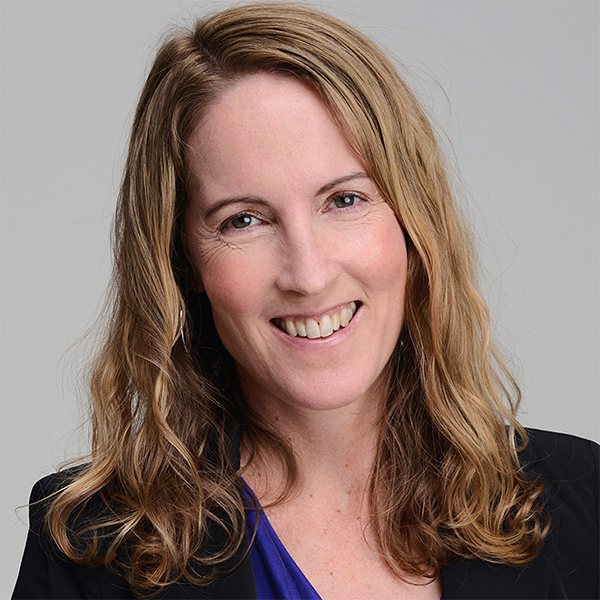
Kristina Shea
From Digital Materials and Fabrication to AI-Driven Generative Design and Optimization
Abstract
This talk takes a journey through different, AI-driven approaches for automatically generating, simulating, and optimizing structural and mechanical systems that exploit digital materials and fabrication via multi-material Additive Manufacturing (AM). These methods define and explore large, complex solution spaces. One of the original goals that initiated the area of generative design over 50 years ago still remains – discovering novel, creative solutions beyond what a human designer can conceive of alone. Several examples are shown including inverse design of stochastic, voxelated digital materials, a data-driven approach for automated design generation of AM biaxial weaves and 4D printing of machines and shape morphing structures. The talk concludes with a perspective on the future of this field.
About
Prof. Kristina Shea is a Full Professor in Mechanical and Processing Engineering at ETH Zürich since 2012. Her lab’s research develops novel, AI-driven generative design and optimization methods that define and explore complex solution spaces to discover new engineering systems. Exploiting the capabilities of digital materials and fabrication, they prototype and experimentally test creative designs with new functionalities across a wide range of application domains.